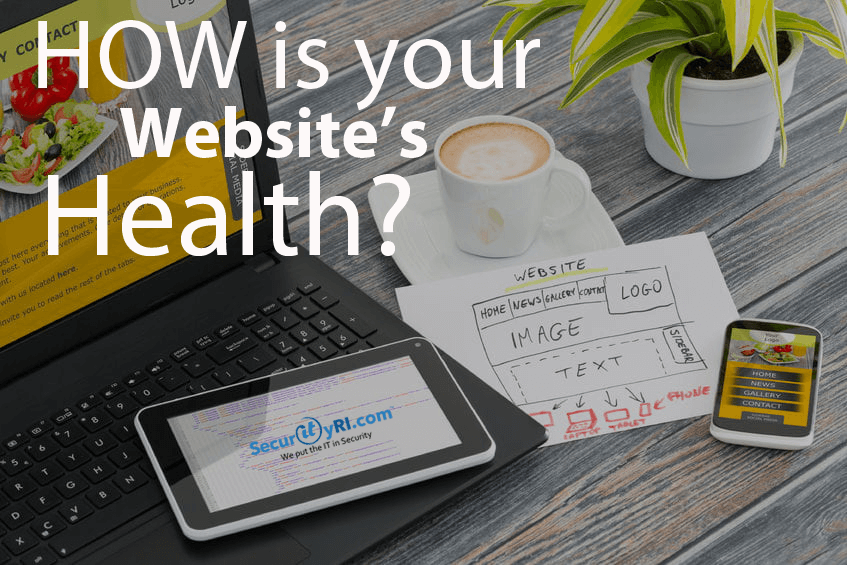How Can I Tell If My Website is Healthy & Secure?
Your Website might be designed well, although does it work well from a technical view?
First, ask yourself the following questions:
- Is my Website secure?
- How is my Website’s Health-score?
- Is my SSL Certificate installed properly?
- How’s my site speed? (fast loading website)
- How’s my back-link counter?
- Is my Website Mobile Friendly?
- Do I have any HTML Errors?
- Do I have any “Broken” Links?
- Is my Website formatted for SEO?
- Etc.
If you questioned any of the above, I will be providing some helpful tools in this blog that may help!
1. HTTPS
If your web page requires entry of personal or private information, check to see if the URL in the address bar of your internet browser starts with “https://”. The letter S is very important, since it signifies that the website is using Hypertext Transfer Protocol Secure (HTTPS), a communications protocol for secure communication. If not, you should have this configured asap.
2. Website Privacy Policy
A website’s privacy policy contains very useful information on how data is collected from your website, how it’s used, and what security measures the business will take to make sure your private data is safe. If a website is lacking a proper privacy policy, you may want to consider implementing one.
3. Contact Information
Up-to-date contact information is another factor that helps determine if a site is secure. A site owner concerned about security will have, at the very least, a valid email address where any identified issues can be addressed. Ideally, the site will also include email, social media, telephone, and possibly a physical address. So, please be sure to have an updated “Contact Me or Us” section.
4. Health Score
There are much more details to your health score. You will need 3rd party software or vendor to provide an actual Health Score Analysis
Although, the health score can provide very helpful information to ensure your website is operating top notch. Check out the sample dashboard below.

5. Site Speed Test
Here is a tool to test your Website’s “site-speed” – Pingdom Website Speed Test
6. Mobile-Friendly Test
In a few seconds, you can type in a URL and find if the page has a mobile-friendly design. This is increasingly important based on the number of people who browse using mobile devices. Statistics show mobile devices actually surpassed desktop usage for the first time ever in 2016.
A green “Awesome” means your site is mobile-friendly; a red “Not mobile-friendly” means that you’ve got some work to do (check it out) – Google Webmaster Tool
7. Response Headers
Caching and other response headers can be confusing. REDbot will look at your server response headers, explain what each one means, and let you know if it finds any problems or inconsistencies.
8. HTTP Compression Test
Enabling compression on your website allows your content to download more quickly. Check to see if you have Gzip compression enabled. Doing so can reduce your bandwidth significantly – Gzip
In closing, be aware a healthy website will take continued maintenance throughout its lifetime. You must learn about the new features / tools as they’re released and implement accordingly. If you have any questions regarding your website, please feel free to comment below!
Thank you.


